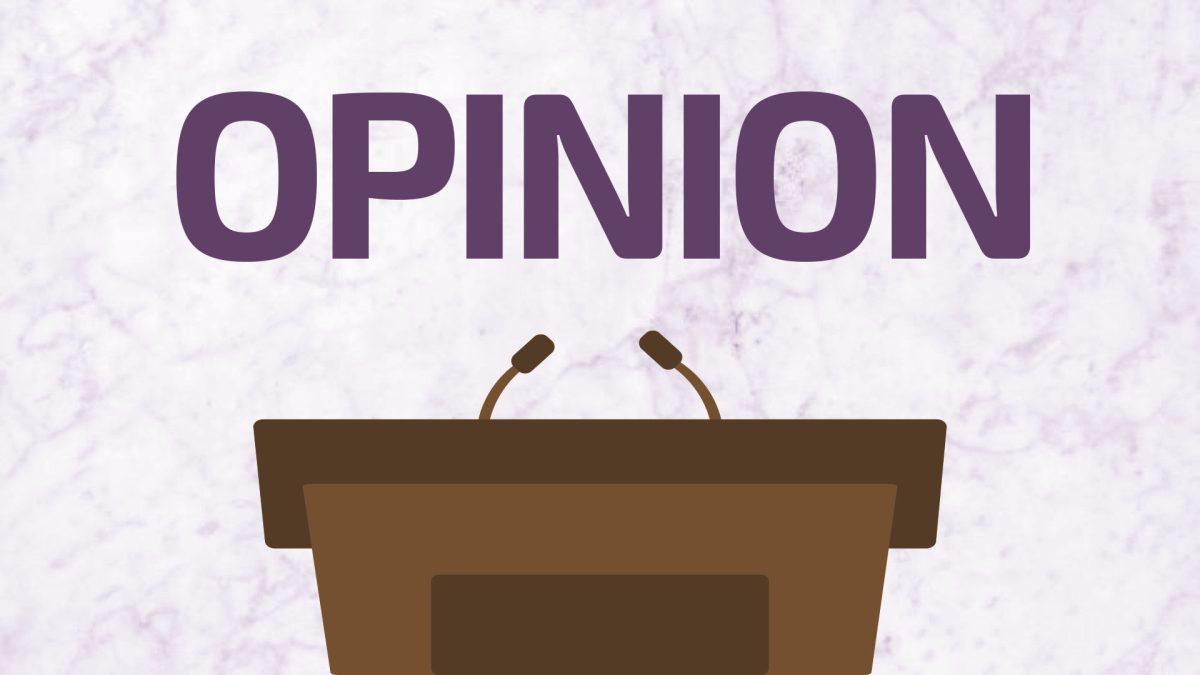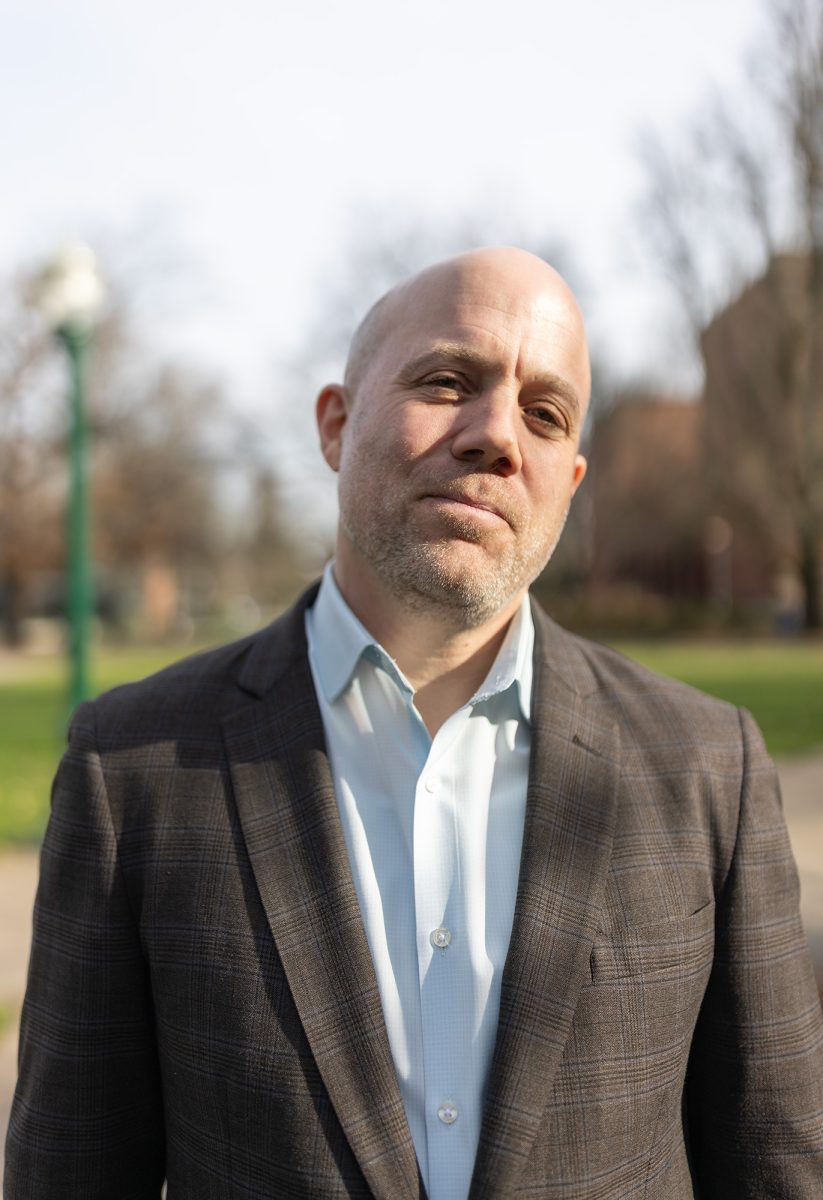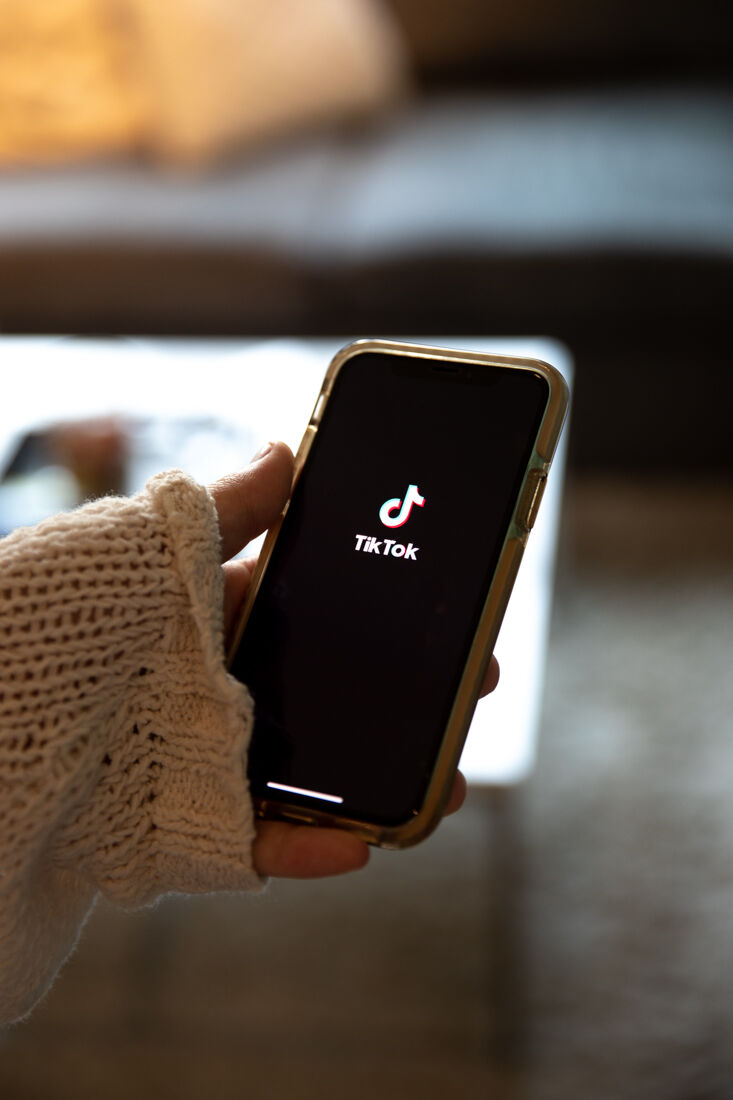Opinion: Sorrowful statements fill the depths of social media after tragic events. But how many of these statements are helpful, and how many are attempts at proven compassion?
———-
If the world was full of cries for help, we’d hope our ears could hear them. But in this quiet place of eyes on screens, we hardly stop to read them. Instead of passionate responses surrounding the causes of sorrowful circumstances, tragic events lead to the onset of fingers against phone screens. Regardless of personal affliction, social media pages become filled with desperate statements, each attempting to capture the meaning of sorrow. But behind which closed door will we find the true intention of their barriered sentiments?
I don’t condemn public mourning, and I understand expressions of grief come in different forms. But when heavy words about loss and suffering start to feel numbing, I believe it’s a sign we’ve stepped too far into the world of public sympathy. At what point can we differentiate the meaningful statements from the attempt to increase the number of “likes” a post will receive?
Posting overdramatized and constant attitudes of desolation does not increase the worthiness of someone’s compassion. It creates a dangerous, self-focused environment that detracts from the primary circumstance.
I have most recently seen this in Twitter’s response to Damar Hamlin. The 24-year-old safety for the Buffalo Bills recently collapsed on the field after suffering from cardiac arrest. The flood of Tweets following this event shed light, once again, on the immobility of social media.
Some alarmingly stated that the country had not been this united since 9/11. This was in response to the Raiders vs. Chiefs game, where Hamlin was honored. This moment of support was thoughtful in reaction to the dispiriting circumstances. But relating the National Football League’s response to the aftermath of 9/11 is an inappropriate comparison.
2,977 people died during the attacks of 9/11. How have we allowed social media to foster a space in which statements like these are applauded?
The answer to this question lies in the abundance of publicly declared sorrow. These attempted responses are well-meaning, but they collate to produce an inactive feeling of self-purpose.
The issue being overlooked, in this example, is violence in the NFL. Conversations about the injuries football players face raise questions about when athletes will be cleared to play again. They neglect to ask what lasting effects these injuries have.
A degenerative brain disease caused by repeated blows to the head, known as chronic traumatic encephalopathy (or CTE), has been found in over 90% of the brains of NFL players while many more await a diagnosis. But football still presents itself as a way out of poverty due to the upward mobility it offers, which can’t be found in many other settings. This means, despite the horrific injuries players face, football seems like the only option for some low-income students.
These are the issues that, when talked about, could provide well-needed change. Instead, I see across social media an influx of words. They don’t spell out the importance of solutions. Instead, they give individuals the option of avoidance and self-glorification.
The phrase “sending love” loses its meaning after a few uses. There is a mirage of action that encloses social media, and instead of productive thoughts, meaningless responses equalize all forms of tragedy. This is why we are seeing comparisons to 9/11.
People have depersonalized spaces of sorrow. They have replaced the sound of verbal assurance with the sound of clicking keyboards. Does pressing the “like” button validate you? Does posting five words under a hashtag do the same? Social media simply solves the problems it creates. But I see no solution within a collective pursuit of lackluster action.














